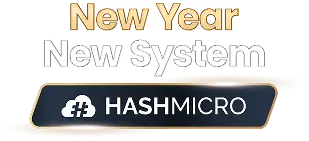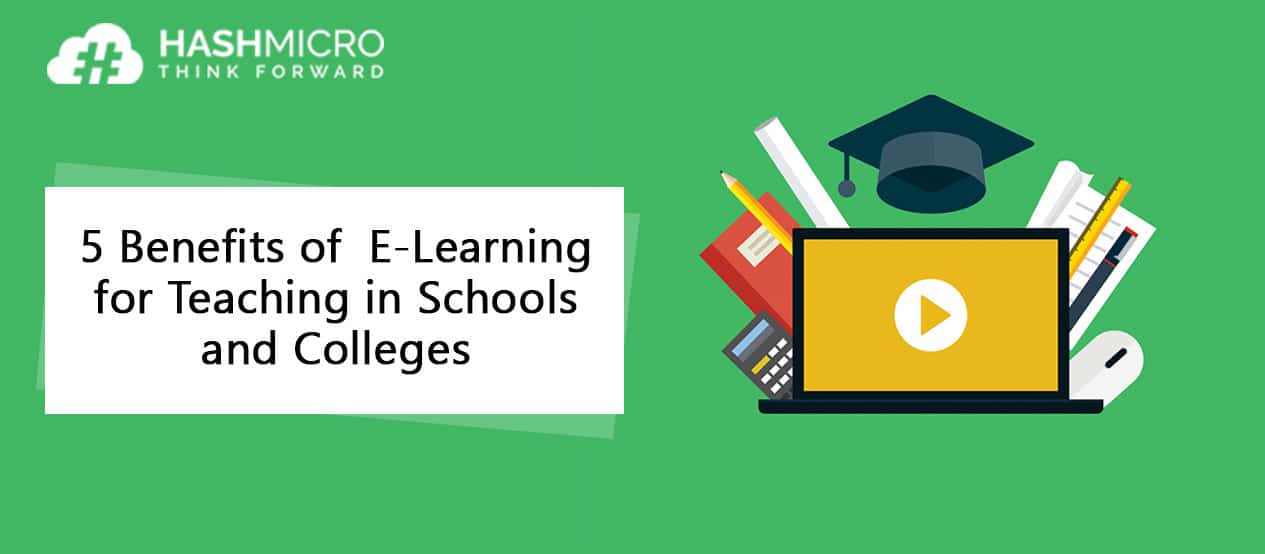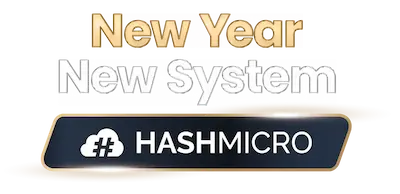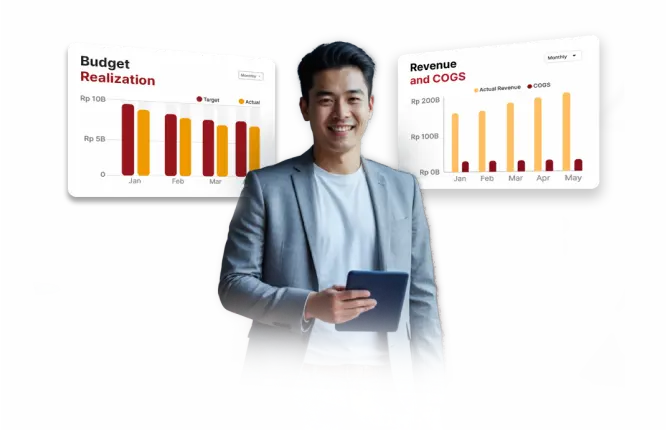Indeed, technology has transformed every aspect of our lives, and education is no exception. I’ve seen how e-learning has grown rapidly, providing extraordinary benefits for both students and instructors.
E-learning empowers students to access quality education at any time and from anywhere. It also supports a personalized learning experience that adapts to each student’s unique pace and needs.
In this article, I’ll highlight the key benefits of e-learning and how it’s reshaping education in 2025. Try HashMicro Smart Education Software today and see how automation transforms learning efficiency. Request a free demo now!

Key Takeaways
|
1. Easy & Fun Learning Experience
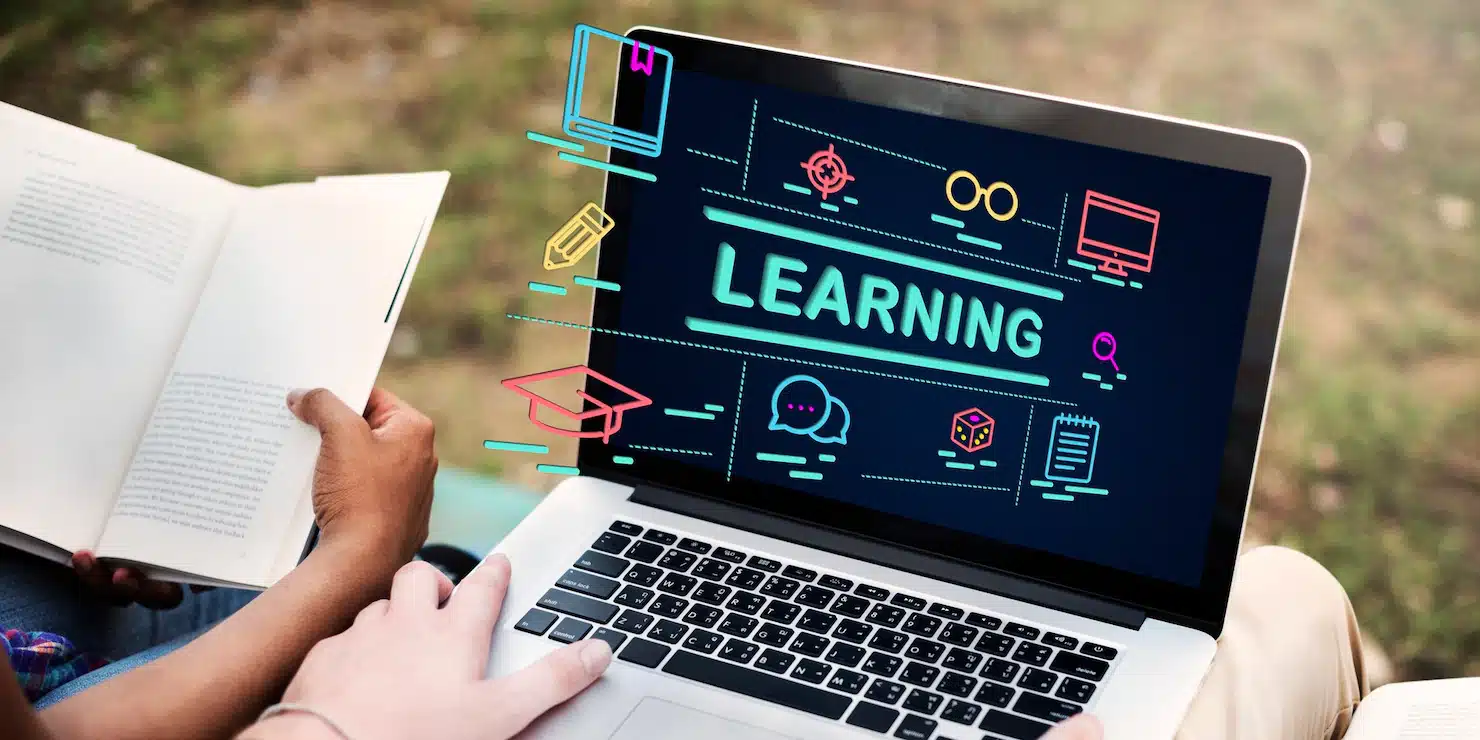
As we all know, attending classes is essential. However, I’ve noticed that they can sometimes feel boring and stressful, making it harder for students to absorb the material effectively. With electronic learning, I find the process far more flexible and convenient, which keeps students motivated to learn continuously.
Students can access their electronic learning materials anytime and anywhere using the various types of mobile devices they have. They can repeat any subject as they please whenever they struggle to comprehend it. They can also choose materials that suit their needs and preferences.
2. Personalised Learning & Support
I know how challenging it can be to meet each student’s unique needs, especially when there are twenty or thirty learners in a classroom. Through e-learning, I can move away from a “one-size-fits-all” approach and focus more on personalized learning for every student.
With a systematic learning process and a range of content formats available, teachers can provide personalized learning experiences for students, which cannot be achieved in most traditional classes.
3. Student Performance Tracking Made Simpler
E-learning allows me to track each student’s progress and ensure they meet their performance goals. For instance, if a student struggles with an online exam, I can provide learning methods that match their personality, helping them grasp the material more effectively and improve their overall performance.
Advanced e-learning systems provide reporting and analytic tools that allow teachers to pinpoint areas of their electronic Learning courses that may be lacking, as well as where they excel. For example, if there are many students who have difficulty in mastering certain learning materials, the teacher can evaluate the content and make improvements if needed.
E-learning platforms offer interactive tools that keep students engaged. By fostering an environment of actively learning, students can absorb and retain information more effectively, making education more dynamic and personalized.
4. Reduced Learning Costs
E-learning helps me and my institution significantly reduce costs related to learning materials, classroom equipment, and book printing. We no longer need to hire multiple tutors for each class, print hundreds of books, or constantly renovate classrooms to support the learning process.
“E-learning is no longer just a supplement to traditional education; it’s the foundation of modern learning. By integrating technology, institutions can personalize education, track progress in real time, and prepare students for a digital-first future.”
— Angela Tan, Regional Manager
5. Centralized Student Database
In short, I’ve found that e-learning offers many valuable benefits. All student information is securely stored in one centralized system, making data management much easier. With this system, I can control who has access to the data, from personal details and completed assignments to exam results, payment statuses, and learning activities—all visible on a single screen.
These are all about the benefits of e-learning. Click here for the free demo signup!

FAQ About E-Learning
What is e-learning?
E-learning, or electronic learning, refers to the use of digital platforms and devices—such as computers, tablets, or smartphones—to deliver educational content. It allows learners to access lessons anytime and anywhere, offering a more flexible and efficient alternative to traditional classroom methods.How does e-learning differ from classroom learning?
Unlike classroom learning, which requires face-to-face interaction between teachers and students, e-learning takes place virtually through online platforms or video conferences. It adapts to each student’s learning pace and convenience, while classroom learning tends to follow a fixed schedule and structured environment.What are some examples of e-learning?
E-learning can take many forms, such as microlearning through short instructional videos, interactive quizzes, or mobile-based reminders. These engaging formats make learning more accessible, interactive, and aligned with the fast-paced digital habits of today’s learners.

